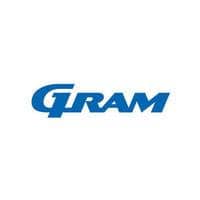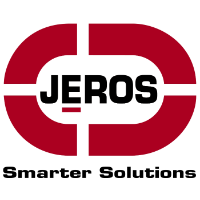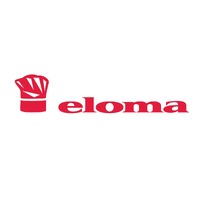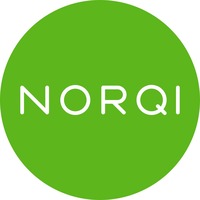Sydney's Sustainable Office Buildings Plan
Sydney’s Sustainable Office Buildings Plan is a future-proofing vision underway and we’re on call to keep doing our bit. The plan aims to accelerate the number of net zero emissions buildings and harness the economic and social benefits of a cleaner, sustainable future.
The City set bold targets which they admit will be difficult to meet through their actions alone.
- 70% emissions reduction for the local Gov area from 2006 to zero net emissions by 2050.
- 50% renewable energy by 2030
- 70% commercial waste recovery by 2021
- 0 increase in potable water consumption by 2030 from a 2006 baseline
The city has called on the entire office sector including government agencies, building managers and developers, building owners and tenant companies to act together to improve environmental performance.
The Importance of Sustainable Offices
In the Sydney area in 2015/16, office buildings and their occupants were responsible for 45% of carbon emissions, and 20% of all commercial waste. Office buildings reducing their overall energy consumption levels will go a long way towards meeting the Sustainable Sydney 2030 energy targets. How?
The city vows to encourage innovation and leadership, and policies to create new buildings that do not generate new emissions.
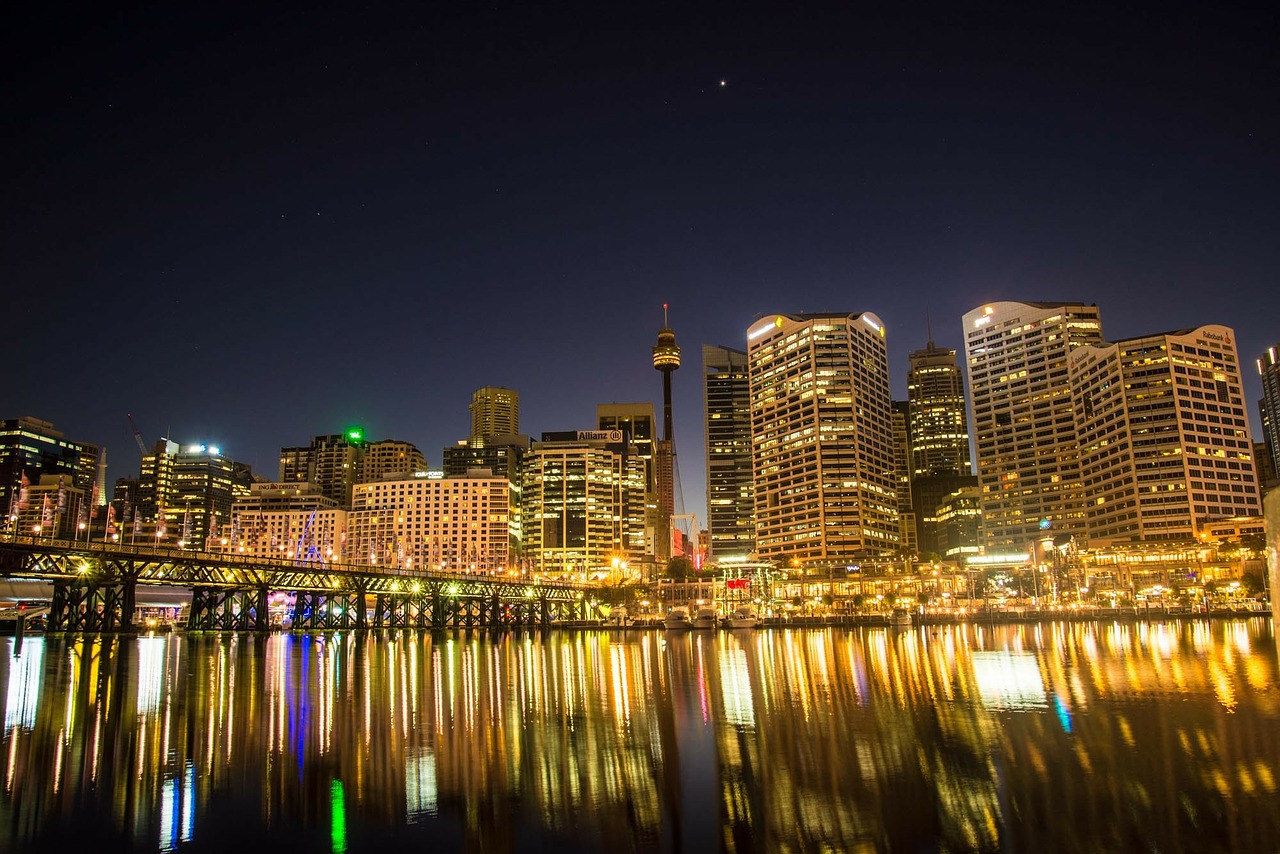
The plan reports a number of office-based organisations are currently already demonstrating international excellence in sustainability action. Such companies mentioned in their plan include Westpac, NAB and Stockland.
We are delighted to have contributed to these three forward-thinking companies efforts by supplying ultra-energy efficient Denmark designed Gram Commercial Refrigeration. In fact, interestingly, of the top twelve Australian Companies including Commonwealth Bank, BHP Billiton, and Macquarie Group, there are only five companies to which we HAVEN’T supplied Gram Commercial Refrigeration - yet!
This speaks volumes, and highlights to us of the importance of continuing to import Gram into Australia, and the positive impact this innovative Natural Hydrocarbon Gas refrigeration can have on our environment and sustainability targets.
Of the world’s Fortune 500 Giants we have Supplied Facebook and Google Australia offices with Gram refrigeration - companies very well known for their environmental and employee-friendly approach to creating a sustainable workplace environment.
What does the Sustainable Office Buildings Plan Suggest?
Industry actions to support the City of Sydney for the reduction of energy emissions
Developers:
While the majority of environmental impact is in the operation of buildings, the most cost-effective time to secure efficiency is in the building design and construction stage. The city is investigating the inclusion of NABERS Energy Commitment Agreements for new commercial office buildings or major refurbishments.
- Design and construct new buildings to the highest level of sustainability performance available
- Use the highest available NABERS Energy Commitment Agreement
Owners:
- Implement environmental upgrades
- Rate and disclose NABERS Energy performance ratings for base and whole building in collaboration with tenants
- Support energy performance improvement and disclosure initiatives from tenants
- Upgrade all general lighting systems
- Implement ‘Green leases’ to enable tenant collaboration
- Maximise on and off-site renewable energy supply options
Office Building Tenants:
- Rate and disclose environmental performance
- Upgrade to energy-efficient appliances and lighting
- Maximise renewable energy options
- Demand high-performing buildings
- Collaborate on whole-building performance
Office Building Managers:
- Implement environmental upgrades
- Measure and present the savings to owners and tenants
- Develop business cases for major upgrades
- Preference the replacement of end of life equipment with the highest efficiency option rather than like for like. Consider the lifecycle costs and benefits not just cash up front
“All players in the office sector have a role in creating a market that values efficiency and productivity.”
Many companies across the City of Sydney have publicly stated sustainability targets. To build a shared community commitment to net zero and establish pathways to achieve it, the City will recognise and showcase leading companies, sharing their experiences for others to follow.
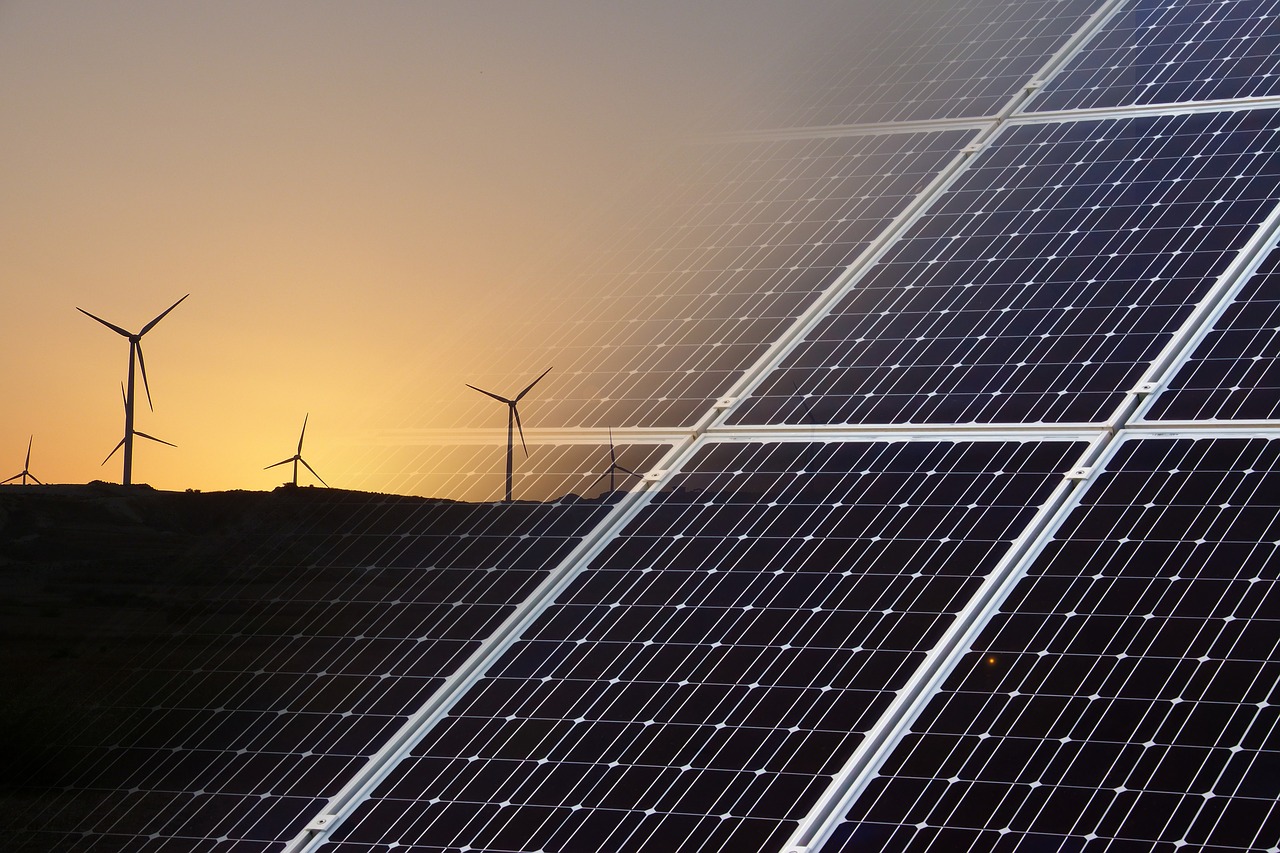
What Challenges are we Facing?
Victoria’s Energy Efficiency Office Buildings program identified no-cost and low-cost efficiency upgrades that resulted in an average saving of 29% in energy costs for privately owned buildings. Such cost-effective options include upgrading lighting and appliances, however, further emissions reductions such as replacing chillers, retrofits to the building envelope or on-site renewables can be resource-intensive.
Older buildings often have old chillers with harmful toxic refrigerants that are now being phased out in lieu of Natural Gas options. These major replacements require greater capital investment, although they do offer long-term savings.
Investing in energy efficiency is STILL largely not viewed as an investment that can yield a significant ROI; but rather potentially disruptive to tenants during the upgrades. Therefore, the City acknowledges financial incentives are important to accelerate the investment in major upgrades across all office sub-sectors.
Incentives to Invest in Efficiency
The NSW Energy Savings Scheme and introduction of climate bonds provide relief in project investment costs. Additional incentives for property groups and institutional operations will focus on innovation, harnessing renewable energy and working hard towards net zero emissions. Incentives for private owners should focus more on incentivising high-efficiency upgrades over ‘like for like’ replacements.
Why fit out your Green Office Building with Gram Commercial Refrigeration?
Green star building focuses on sustainable design, materials, fit-out, construction and operation. The refrigeration and commercial kitchen equipment within these buildings is no exception to the rule. 1 Williams Street, the affectionately named “Tower of Power” Queensland Government building constructed in 2016 on the Brisbane River, is another of many choosing Gram’s sleek ultra-efficient refrigeration for every beautifully designed eco-floor.
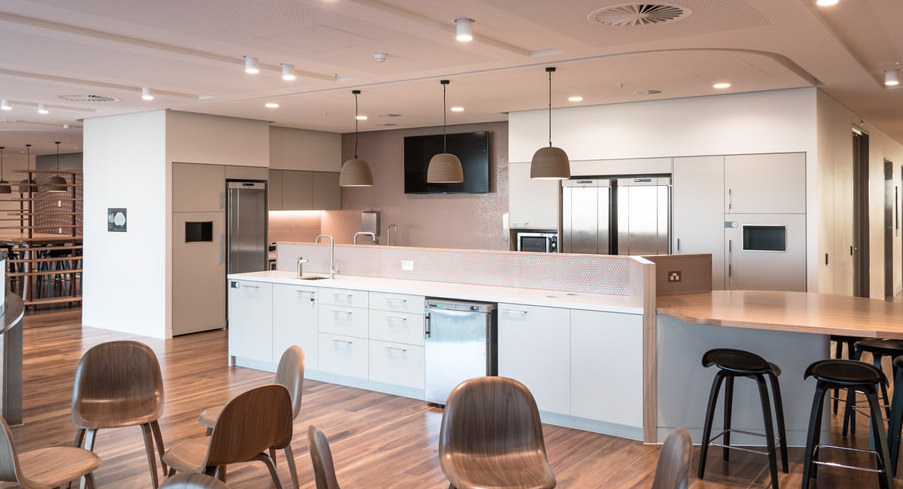
Other valued Skanos and Gram customers such as Santos Ltd, Woodside Petroleum and RIO Tinto maintain very stringent Sustainability Plans. Like the developers of 1 Williams Street, they recognised the significance of Gram’s employment of 100% Natural Hydrocarbon Gas refrigerants, with NO ozone harming HFC’s.
HFC or R134a is a potent synthetic greenhouse gas, harmful on the environment, unfortunately many commercial office buildings still run these power-hungry systems, however, Australia’s HFC phase down began January 2018 in an effort to reduce the amount of HFC imported into the country, and encourage environmentally friendly, and safer alternatives.
When it comes to constructing a new Sustainable Office Building, Gram refrigeration leads the world in the European Energy Consumption Standards.
When it’s time to upgrade and replace your appliances and equipment, quiet, cool running and ultra-efficient Gram is the obvious choice. We’re excited to continually be involved in such an important movement for the future our country.
Sources: Sydney’s Sustainable Office Buildings Plan
Victoria’s Energy Efficient Office Buildings Program

